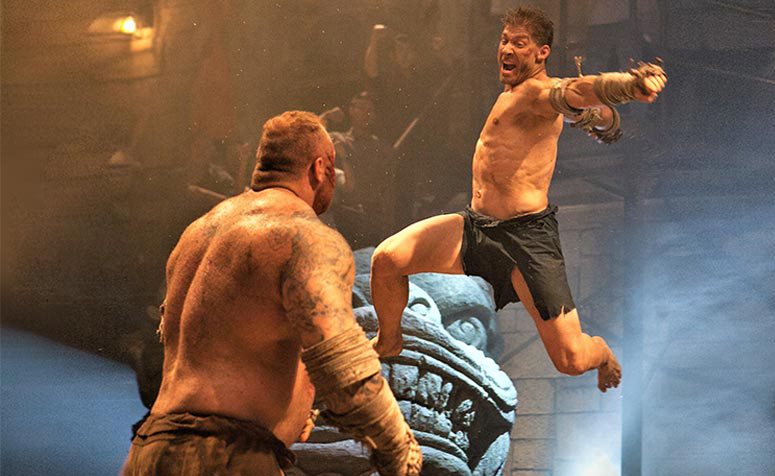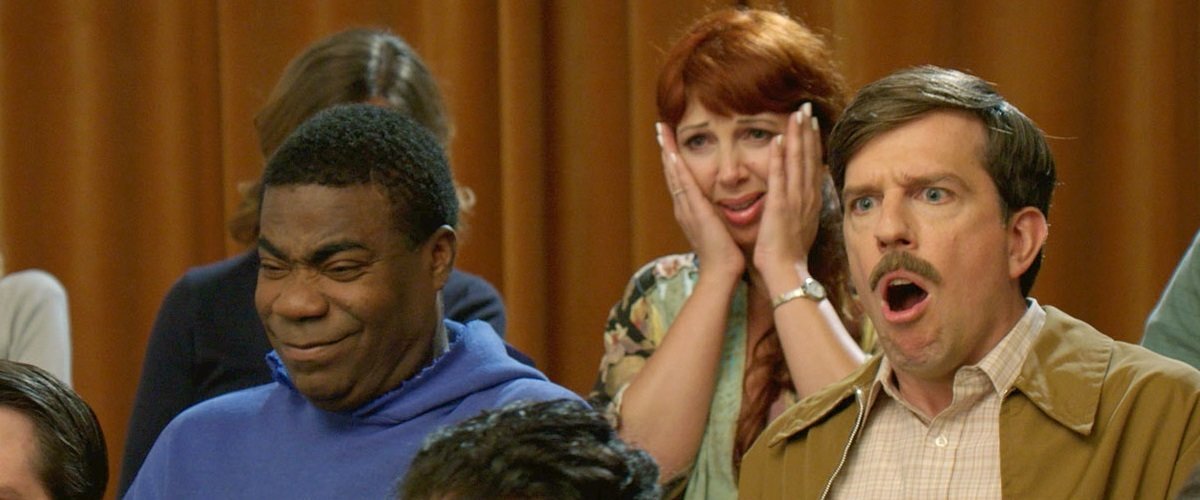File Under 2018 #32: The Last Movie Star
/What it's about: Vic Edwards [Burt Reynolds] was, for a time, the biggest film star in the world -- think: Burt Reynolds. Now he lives a quiet life alone in his comfortable house, eating Hungry Man dinners, surrounded by the memories and memorabilia of his extraordinary life. When he receives an invitation to receive a lifetime achievement award at a film festival in Nashville, he reluctantly accepts the disturbance to his anonymity. Immediately he finds that things are not as he expected. The flight isn't first class, the stay is at the local Econolodge, and his personal assistant is far from professional. The failed trip gives him the opportunity to take a look back at his life, remember where he came from, and correct the mistakes of his past.
Unorganized thoughts:
Obviously, Burt Reynolds is the heart of The Last Movie Star, with his own success and recent time out of the spotlight mirroring the character's career arc. In some pretty interesting ways the film intentionally blurs the line between Reynolds and Edwards but in ways that I wish the premise was taken even further. I actually wonder if the film would have been more resonant if the character was an fictional version of Burt Reynolds in name and not a transplant. I suppose some of the character's biography may not have lined up to the narrative of the film, but things were close enough. This certainly would have given the film a different profile even if it became a bit more of a gimmick.
We love important actors coming back for a big starring role, especially when the role is reflective of its star. These are the types of roles that often get Oscar nominations, at the very lease Golden Globes nominations. They serve as a celebration, almost like a lifetime achievement award that the film's plot centers around, and a new window of opportunity. It seems like The Last Movie Star was positioned for all that -- it made its premiere at the Tribeca Film Festival, which has a certain profile, and was picked up by everyone's favorite distributor A24 for its theatrical run.
So does The Last Movie Star deserve more of a spotlight? Probably not, but it is perfectly fine. It has settled right at 48% on Rotten Tomatoes and that seems just about right, assuming that most people who will watch the film will be directly on either side of the good/bad fence.
As a vehicle for Burt Reynolds, the film works fine. The material may not be original enough to give him another true breakout but it lets him play to his strengths. Vic Edwards is a strong-willed sonuvabitch, an old man curmudgeon.
The most radical thing the film does with the Reynolds/Edwards persona is having Vic interact with the younger version of himself by dreaming himself into his filmography. We get two specific moments of this happening in Smokey and the Bandit and Deliverance, at the heights of Reynolds' stardom and vitality. This plays a bit like the credit card commercials where contemporary actors similarly interact within classic films, but it is when The Last Movie Star is at its most poignant. It might be a little on the nose, but it works to deliver the message of an old man with regrets.
The film starts with Edwards putting down his sick old dog and Jesus is it a depressing way to kick off.
A lot of the humor early on is pretty cringeworthy, sometimes purposefully. The film festival set-up, in particular, is incredibly uncomfortable. On one hand, we see the event from the perspective of Edwards, a man who may have been out of the spotlight but one who is used to the red carpet treatment. The "International Nashville Film Festival" is small time, misleading, and a bit sad. But it also reveals itself to have its heart in the right place. These are genuine fans who want to honor Edwards and are excited that he is involved. Of course, Vic's view is meant to be cruel, indicative of his bad attitude before going on his journey for redemption. It also makes me think of the many events and festivals I've attended where minor or major players from the past appear for awkward Q&As and it gets some of that experience right.
The film's second half shifts to a buddy road comedy between Vic and his temporary personal assistant/caretaker, Lil [played by Modern Family's Ariel Winter]. They start off hating each others' guts but get this ... they end up sharing meaningful experiences and gain insight into their own and each others' personal problems. This "trip down memory lane" plot becomes too sappy and the odd couple pairing is far too cliched.
The Lil character is problematic enough that I felt a bit sorry for Winter, especially the obnoxious way the film puts the way she dresses and acts in contrast to the every-day normal society around her -- she is meant to stick out like a sore thumb but it doesn't have to be to a cartoonish degree. I don't have any specific problem with her look except that it feels exactly like a caricature from older people to describe what younger people look and act like. It became hard to be invested in her own redemption arc as it was hard to see the character as a real person.




















